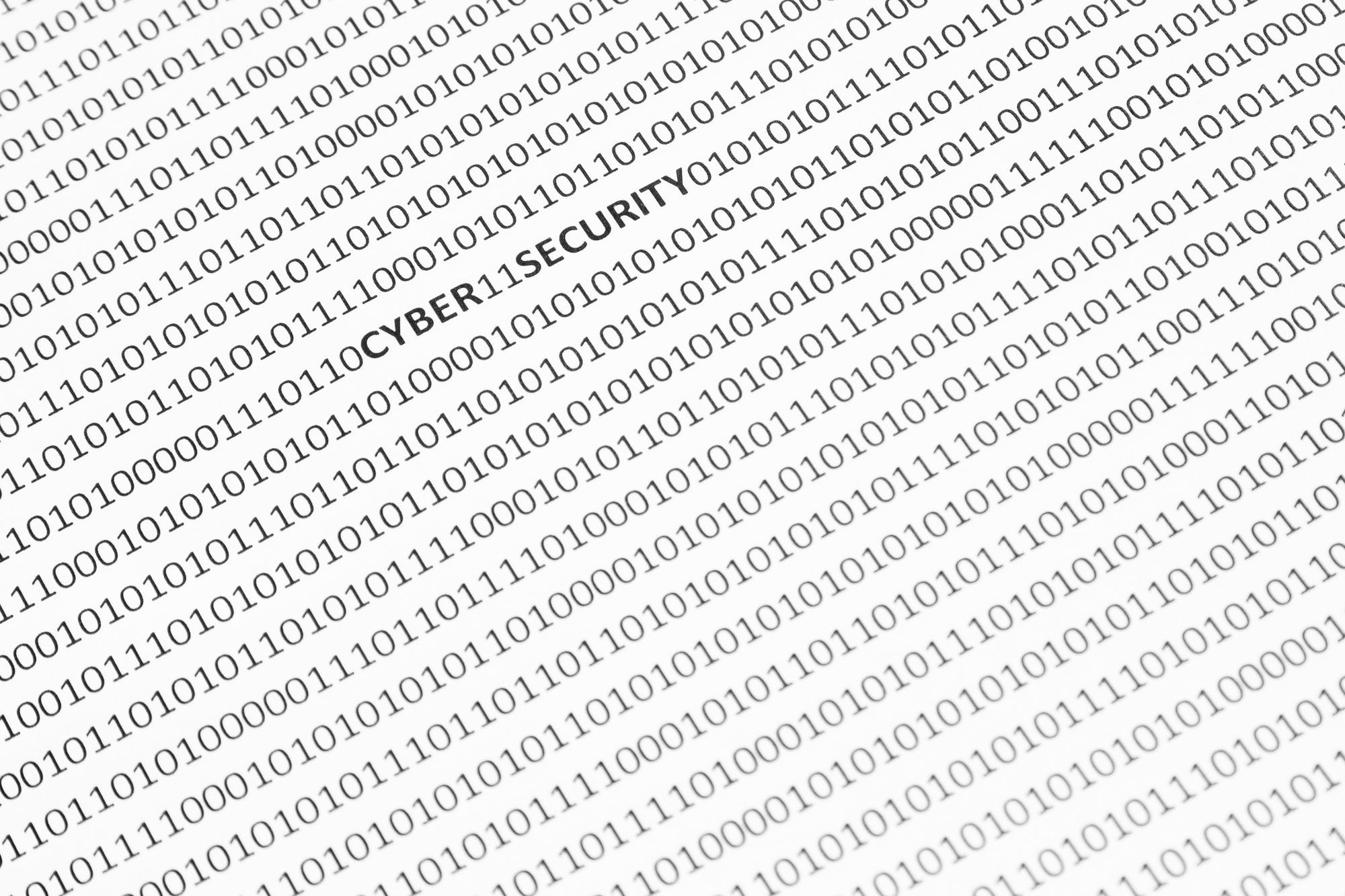Address
33-17, Q Sentral.
2A, Jalan Stesen Sentral 2, Kuala Lumpur Sentral,
50470 Federal Territory of Kuala Lumpur
Contact
+603-2701-3606
info@linkdood.com
Address
33-17, Q Sentral.
2A, Jalan Stesen Sentral 2, Kuala Lumpur Sentral,
50470 Federal Territory of Kuala Lumpur
Contact
+603-2701-3606
info@linkdood.com

Let’s dive into the big challenges that IT leaders face today, like dealing with cyber threats, handling the ups and downs of AI, managing old tech, and more. We’ll look at these issues and find ways to deal with them effectively.

Cybersecurity is super important for IT bosses. With hackers getting smarter and attacks happening more often, it’s really important to keep important data safe. We’re seeing more ransomware attacks and double extortion ransomware groups, which means IT folks need to be extra careful and have good plans to handle these threats.
There’s been a big jump in ransomware attacks around the world. This shows how important it is for companies to strengthen their defenses and have solid cybersecurity plans.
Artificial Intelligence (AI) is changing a lot of industries, but it also brings challenges. IT leaders are worried about how AI might affect their businesses right now, not just in some distant future.
It’s important to figure out how to use AI in a way that’s safe and really benefits the company, without causing problems.

Technical debt is like having outdated tech that slows down progress and makes it hard to keep up with changes.
Dealing with old tech is key to making sure it doesn’t stop a company from growing or adapting to new things.
Not knowing everything about your IT setup can lead to risks and inefficiencies.
It’s important to have good records and understand everything about your IT systems to avoid these risks.
With things like inflation and tight budgets, IT leaders have to be smart about how they spend money but still deliver great service.
Coming up with good financial strategies is crucial for handling an unpredictable economy while keeping up good IT services.

As a business grows, its IT needs change too. IT strategies and systems need to be able to grow and change too.
It’s a challenge to work on new and exciting projects while also making sure the basic IT stuff keeps working well.
IT leaders need to show they’re valuable and keep the trust they’ve earned, especially after big events like the pandemic.
To keep this trust, IT leaders should understand and work well with different parts of the business.
Choosing technology that will still be good in the future is tough because things in tech change so fast.
IT leaders need plans that can adapt quickly to new tech trends to stay relevant and effective.

With not many people out of work in tech, finding and keeping great employees is hard. Offering good pay and chances to grow is important.
Building a strong team and promoting a culture of learning is key to staying ahead in the tech talent game.
IT leaders need to focus on big, transformative projects but also make sure everyday IT stuff runs smoothly.
Finding the right balance between working on new things and keeping the IT department running well is crucial in today’s digital world.

A1: Cybersecurity is crucial because cyberattacks are becoming more frequent and sophisticated. Protecting sensitive data from breaches, especially with the rise in ransomware attacks, is essential to maintain trust and avoid significant losses.
A2: The main challenges include ensuring AI is used responsibly, balancing innovation with risk, and integrating AI into existing systems without disrupting business operations.
A3: Technical debt refers to the cost of maintaining outdated or inefficient technology. It’s a problem because it can slow down a company’s ability to innovate and adapt to new technologies or market demands.
A4: IT leaders can manage economic challenges by developing effective financial strategies, optimizing budgets, and ensuring that spending aligns with the most critical business needs.
A5: Future-proofing IT decisions means making technology choices that remain relevant and effective over time, despite rapid changes in the tech landscape. This involves adopting flexible and adaptable strategies.
A6: Talent management is extremely important. With a competitive job market, attracting and retaining skilled IT professionals is crucial for innovation and maintaining a high level of service.
A7: Balancing innovation and operational stability involves pursuing new and transformative projects while ensuring that the core IT functions and day-to-day operations continue to run smoothly and efficiently.
A8: Understanding different business functions helps IT leaders align technology strategies with broader business goals, communicate effectively across departments, and ensure that IT initiatives support overall business objectives.
A9: Adapting to shorter technology cycles requires agility in planning and execution, staying informed about emerging technologies, and being ready to pivot strategies as needed to embrace new opportunities.
A10: Key strategies include maintaining a balance between innovation and daily operations, investing in staff training and development, and implementing efficient processes and technologies to streamline operations.
Sources CIO
Comments are closed.
[…] demand for these smart applications shows their role in today’s digital world. They’re not just tools; they’re partners in making work and user experiences […]